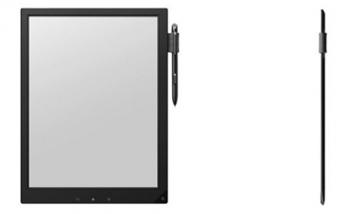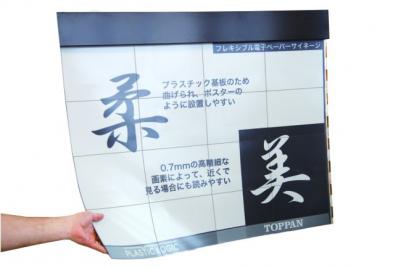Amazon buys Samsung's Liquavista electrowetting display unit
Two months ago it was rumored that Samsung wants to sell its electrowetting display unit LiquaVista which they bought back in January 2011, and Amazon may turn out to be the buyer. Now Amazon confirmed the rumors and indeed bought LiquaVista from Samsung.
It makes sense that Amazon is seeking a color display technology for its Kindle e-readers. It may be that E Ink's colored displays are still disappointing Amazon and they need a display with a wider color gamut and better contrast.





